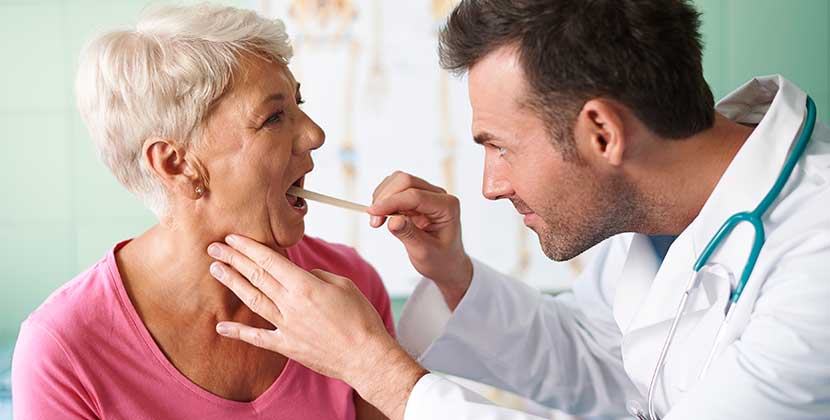The American Cancer Society estimates that about 49,670 people will be diagnosed with oral or oropharyngeal cancer (affecting the part of the throat just behind the mouth) in 2017, and that 9,700 people will die as a result of these cancers. Historically, oral cancer has been associated with males over the age of 60 who regularly consume tobacco and alcohol products. However, statistics now show that in certain populations – especially younger individuals, white males, and people infected with the human papilloma virus (HPV) – the incidence of oral cancer is increasing.
There has been an alarming and steady increase in the incidence of oral cancers occurring in patients below the age of 40, and in particular females, without identifiable risk factors. And, a significant number of these cases are not diagnosed until they reach the advanced stages. These trends are of particular concern since oral cancer can often be detected early during routine dental and medical exams.
Unfortunately, despite advances in screening tools, imaging technology, and access to primary care providers, a significant number of oral cancers are not diagnosed until they reach the advanced stages. Oral cancer is often preceded by precancerous lesions or abnormal tissue changes that patients may not be aware of, and since they may not experience any symptoms, these lesions are only identified during dental exams or oral screenings. It is important to find, monitor, and manage such precancerous lesions, because with time they may develop into oral cancer.
Patients with a history of smoking, alcohol consumption, smokeless tobacco or snuff usage should perform monthly self-examinations of their tongues and oral cavities. For all individuals, annual or biannual dental examinations are critical to early detection of oral cancer. If a lesion looks suspicious, a biopsy may be recommended to help establish a diagnosis and treatment plan. If the lesion is dysplasia, or pre-cancerous, ongoing monitoring may be recommended.
Oral Cancer Signs and Symptoms
In between routine dental exams, you should perform self-examinations, and be sure to keep an eye out for the following signs and symptoms that may indicate the presence of oral cancer:
- Jaw or dental pain
- Changing or growing lesions (red or white patches on the lining of the mouth or tongue)
- Loose teeth
- Unexplained bleeding
- Difficulty in speech articulation
- Pain or difficulty swallowing
- Unexplained ear pain
- Sensory and motor nerve compromise
Finding out you have oral cancer can be devastating news. If you are concerned that you might be at risk for developing oral cancer, talk to your provider about screenings and other things you can do to reduce your risk.
Schedule an appointment online.


